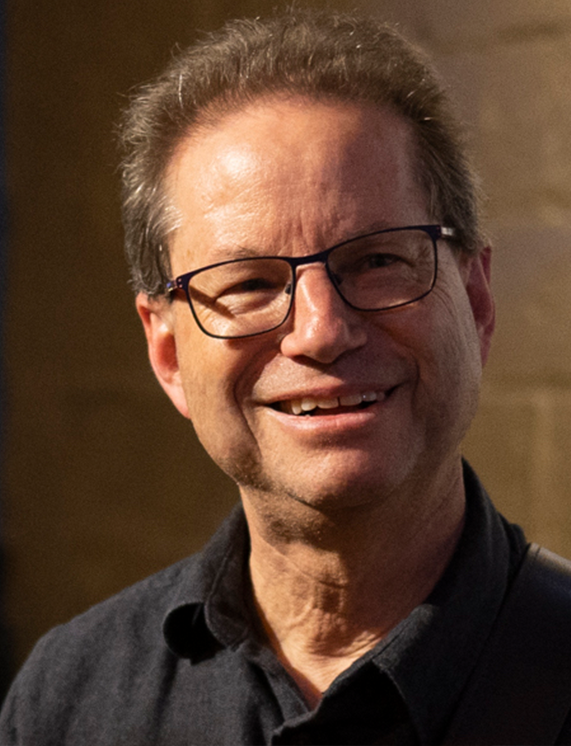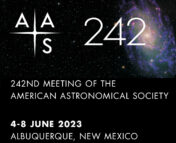In this series of posts, we sit down with a few of the keynote speakers of the 242nd AAS meeting to learn more about them and their research. You can see a full schedule of their talks here, and read our other interviews here!

Joel Kastner still remembers seeing the ring nebula (M57) through his Dad’s telescope as a kid: “You see pinpoint stars all through the field, and then there’s this thing…it’s a ring! How could it be?” Today, as an astronomy professor at the Center of Imaging Science at the Rochester Institute of Technology (RIT), planetary nebulae, such as the ring nebula, still fascinate him. Kastner’s plenary talk at AAS242 will cast a light on how his favorite objects help answer a wide array of astrophysical questions.
Planetary nebulae form when a star like the Sun dies and sheds its outer layers, supplying the surrounding interstellar medium with elements crucial for life such as carbon and nitrogen. The rich spectral emission of light from their diverse composition is the cause of their stunning visual beauty, while the puffing and shedding of material from a spherical star can explain the shape of some nebulae. However, “we see planetary nebulae of every shape and complexity imaginable,” said Kastner, pointing to one of his favorites: the butterfly nebula. It’s the details of what causes this complexity, such as the way different kinds of stars lose mass, and how the presence of a binary companion affects this process, that really fascinate Kastner—something he plans to walk us through in his plenary talk.


Even though Kastner came from a STEM family—his Dad was himself a solar physicist while his mom was a Math teacher—and he got his bachelor’s degree in Physics, he never thought he would become a professional astronomer. “Music was really my passion at that time,” he said; indeed, coming out of his undergraduate degree, he played as a freelance guitarist for a few years in Washington D.C. However, since his partner taught French at the University of Maryland, he decided to take a graduate astrophysics class as a part-time student there. It got him hooked, and eventually led to pursuing his Ph.D. in Astronomy at UCLA.
“Don’t lock yourselves in!” is Kastner’s advice to undergraduate and beginning graduate students in astronomy. Much like his own career path, he encouraged young minds today to explore several possibilities wherever possible, and get to know the basics of many subfields of astronomy. One way to do this—he agreed—is by reading the daily research summaries on Astrobites!
To hear more about Planetary Nebulae, tune into Dr. Joel Kastner’s Plenary Lecture at 11:40 am MT on on Wednesday, June 7th at #AAS242!
Edited by: Sahil Hegde
Featured Image Credit: AAS

